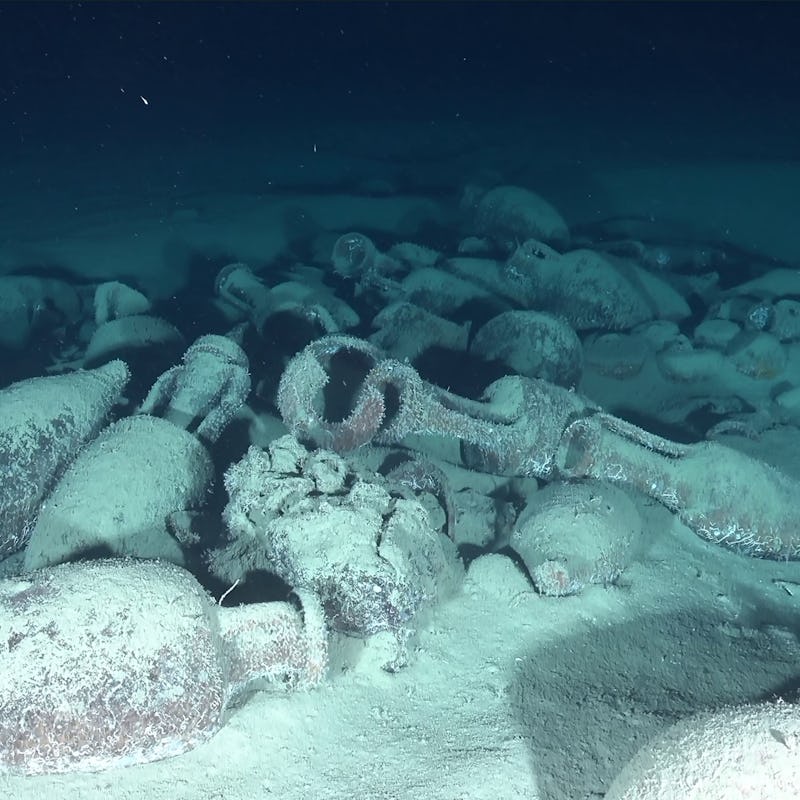Sunken Treasure
Look: An undersea expedition just captured stunning footage of a shipwreck graveyard
Some date all the way back to the Roman empire.

Credit: Mathieu Pradinaud and Manuel Añò /Gédéon Programmes 2022 UNESCO DRASSM
For centuries, the Strait of Sicily has been a vital passageway for trade, travel, and maritime transportation in the Mediterranean Sea.